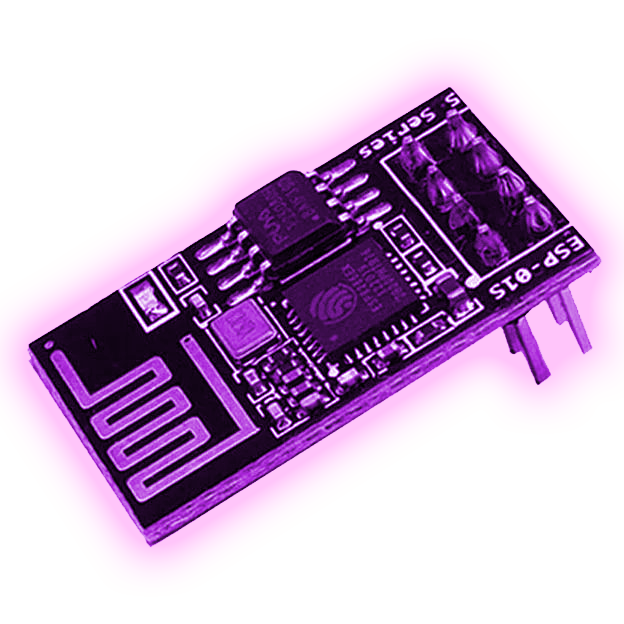

I haven’t tried setting up IMAP directly in mutt for a decade, so maybe Neomutt has made improvements, but it was often laggy to the point of being unusable.
I’d suggest people look into using mbsync (author mentions it at the bottom of the blog post as an update) as an external tool to sync mail via IMAP, or if you’re really committed to Gmail you can give lieer a try. It integrates well with Gmail’s labels and syncs them with a notmuch database. I stopped using Gmail years ago and switched to Fastmail. There’s an equivalent program to lieer called mujmap that works with Fastmail. I’ve been using it for over a year and works great.





I expected more from the article. I accept it’s supposed to be a high level overview but even keeping that in mind they made some odd choices with how the article is organized. coreboot is first mentioned in the section about bootloaders after discussing systemd-boot and GRUB. That’s out of place given the article is trying to organize itself by having each section be in chronological order. I worry this can confuse people new to these concepts.
I’m a fan of what this company is doing and even own one of their laptops, but this article feels lazy. Given that they’re one of the few companies that provide an open source UEFI implementation out of the box I’d be interested in reading a well written article about the process and their experiences using it, but this article certainly isn’t it.